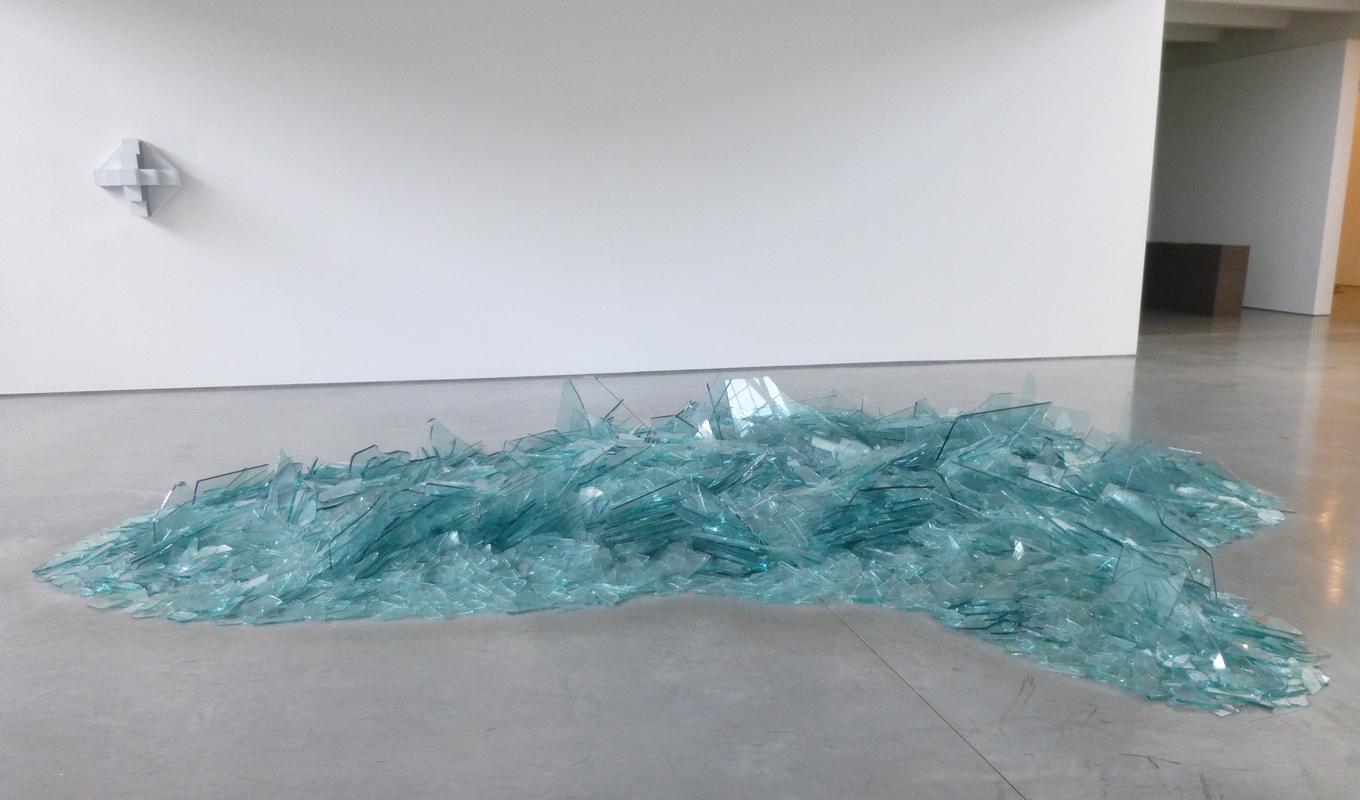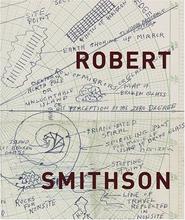More about Map of Broken Glass (Atlantis)
- All
- Info
- Shop

Contributor
While we have no idea what Plato thought Atlantis looked like, Smithson's topographical map of Atlantis is affectively accurate.
Atlantis was never supposed to be a utopia and definitely nothing like the Gungan city. It was a rhetorical stand-in for imperialist ideals that Athens defeated in a probably-fake fight because they had #democracy on their side. Atlantis was Mt. Olympus’s favorite child, but divine love is conditional on being the best at all times, so when they lost the gods sank them in a series of firey earthquakes and floods as punishment. So Athens was the new fave. Rendering the mythical failure of an aggressive society as a pile of broken glass is exactly what Plato would have done if he didn’t mistrust imagery so much. It’s like Justin Bieber as minimalist art: low-key dangerous, pretty, and sad.
Emphasis on dangerous and sad. Smithson was heavily inspired by trying to love his hometown’s unavoidable New Jersey-ness. It was all post-industrial rebuilding efforts, basically an open construction site. So he decided “pavements, holes, trenches, mounds, heaps, paths, ditches, roads, terraces, etc. all have an esthetic potential.” He liked the idea that any city could be the “Eternal City,” and by extension a city like Rome could be any old sh*t hole like Passaic. (for the record: Passaic, NJ looks kind of nice and supposedly has great Peruvian food) Passaic is Rome, Rome is the Rust Belt, Atlantis is a pile of broken glass, a “map of infinite disintegration and forgetfulness.”
The cosmic perspective is key here because at the end of the day we’re all traveling through space on the same globular vessel. But Smithson was more into nerding out about how rocks are made of space dust with Donald Judd than beating the Russians at making satellites. He terminated a contract with NASA saying, “The fancy junk of science cannot hide the void...I’m sick of ‘lighting candles,’ I want to know what the darkness ‘is.’”
Technically speaking space is the darkness, absence of light and all that. But we all know Smithson was talking about the kind of darkness you find in a pile of shards of glass that looks like a pile of leaves and is named after an underwater society. Dystopias always seem utopian at first; everything is broken but it’s still pretty.
Sources
- C.A. “Robert Smithson.” AAEP 1600: Arts and Music since 1945. Columbus: Ohio State University, 2018. Accessed February 5, 2018. http://aaep1600.osu.edu/book/13_Smithson.php
- Gross, Jessica. July 30, 2015. “Seeing Glass Boxes and Shards at Dia:Beacon.” Hyperallergic, 2018. Accessed Feb 5, 2018. https://hyperallergic.com/225918/seeing-glass-boxes-and-shards-at-diabe…
- NJTV Public Media. “Robert Smithson’s New Jersey.” State of the Arts NJ: Youtube, 8:13 minutes, video. Posted May 12, 2014. Accessed February 5, 2018. https://www.youtube.com/watch?v=Ty1dIDu2VPk&feature=youtu.be
- Gill, N.S. September 18, 2017. “Plato’s Atlantis From the Socratic Dialogues of Timeus and Cretias.” Thought Co., 2018. Accessed February 5, 2018. https://www.thoughtco.com/platos-atlantis-from-the-timaeus-119667
- Smithson, Robert. Edited by Jack Flynn. The Collected Writings of Robert Smithson. Berkeley: University of California Press, 1996. Accessed Feb 5, 2018. https://alotof.org/wiki/media/a/a6/Robert_Smithson.pdf











